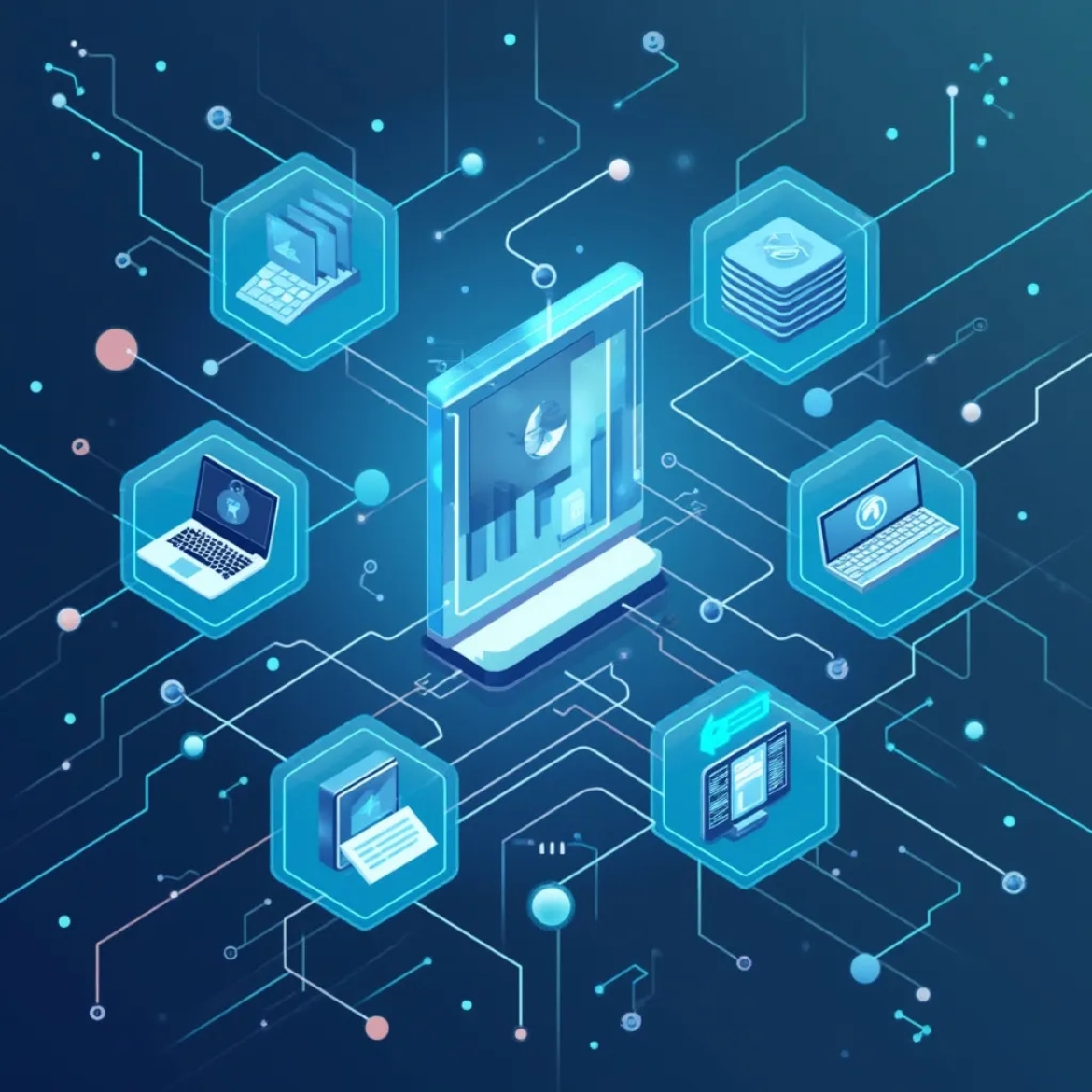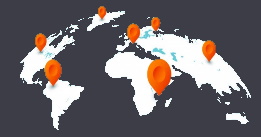With the implementation of the NIS2 Directive, organizations in the EU are facing new challenges and requirements in cybersecurity. A crucial aspect of the directive is Article 21, which sets out obligations to ensure adequate cybersecurity measures. Let's explore how it ties into the ISO/IEC 27001 standard and what the key differences are.
Points of Contact:
- Risk Management: Both Article 21 of NIS2 and ISO 27001 emphasize the importance of risk assessment and management. They require a systematic approach to identifying and mitigating risks related to information security.
- Technical and Organizational Measures: Both frameworks highlight the need to adopt appropriate technical and organizational measures to protect critical information from threats and vulnerabilities.
- Continuous Improvement: ISO 27001 is known for its PDCA (Plan-Do-Check-Act) structure, promoting continuous improvement of the information security management system. Similarly, NIS2 requires organizations to continuously adapt their security measures in line with emerging threats.
Key Differences:
- Scope and Applicability: NIS2 primarily applies to specified essential sectors such as energy, transportation, and healthcare, while ISO 27001 can be applied to any organization regardless of the sector.
- Legal Compliance vs Voluntary Standard: Adopting ISO 27001 is voluntary, though widely recognized as international best practice. In contrast, compliance with NIS2 is mandatory for organizations in the identified sectors.
- Role of National Authorities: NIS2 requires member states to designate competent authorities to monitor compliance and can involve penalties for non-compliance. ISO 27001 does not mandate oversight by state authorities.
Here's how you can practically implement one of these requirements using ISO/IEC 27001.
Requirement: Comprehensive Supply Chain Risk Management
Under Article 21 of the NIS2 Directive, managing supply chain risks effectively is not just beneficial—it's mandatory 6 9 .
Here's a practical example using ISO/IEC 27001 principles to meet this requirement:
Risk Assessment and Identification:
- ISO/IEC 27001 Alignment: Conduct a thorough risk assessment as per ISO 27001's guidelines (Clause 6.1.2), identifying the risks associated with each supplier involved in your digital supply chain.
- Practical Application: Use detailed questionnaires and checklists to evaluate each supplier's cybersecurity posture. Automate this assessment process for efficiency and consistency 9 .
Security Controls Implementation:
- ISO/IEC 27001 Alignment: Implement appropriate security controls based on the assessed risks (Annex A.15.1), such as requiring suppliers to comply with specific security standards like ISO 27001 or SOC 2.
- Practical Application: Include these controls in contractual obligations, ensuring that suppliers adhere to defined security protocols and undergo regular audits 9 .
Continuous Monitoring:
- ISO/IEC 27001 Alignment: Set up a continuous monitoring process to oversee supplier compliance (Clause 9.1).
- Practical Application: Leverage technology for near real-time monitoring and threat intelligence, using platforms that offer automated alerts for any deviations or potential threats within the supplier network 9 .
By integrating these practices, organizations can strengthen their supply chain security and satisfy the requirements of Article 21 while leveraging the robust framework of ISO/IEC 27001.
Taking these steps not only helps in compliance but also significantly enhances the resilience of your supply chain against cyber threats.
It's crucial for companies to seriously evaluate both frameworks to build a secure and resilient environment.







